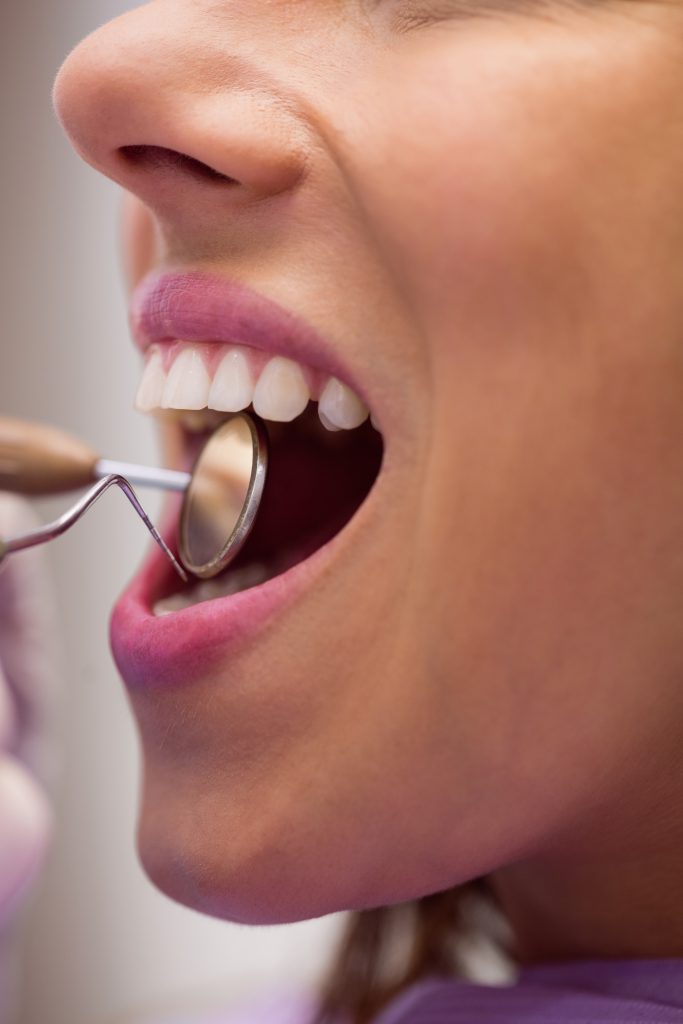As mentioned, teeth implants in Niddrie can be a high-cost investment. The average price can range from $5,000 to $7,000 per single implant. Different factors can determine the actual cost of your unique dental implant treatment. These include the dental clinic’s location, the case’s complexity, the area where the tooth implant will be placed, and other relevant treatments.
Additionally, each type of implant has different costs. The more dental implants you get, the higher the price can be. We recommend you schedule a consultation with the dentist at Dental @ Niddrie, where our team will give you a specific estimated cost.


















